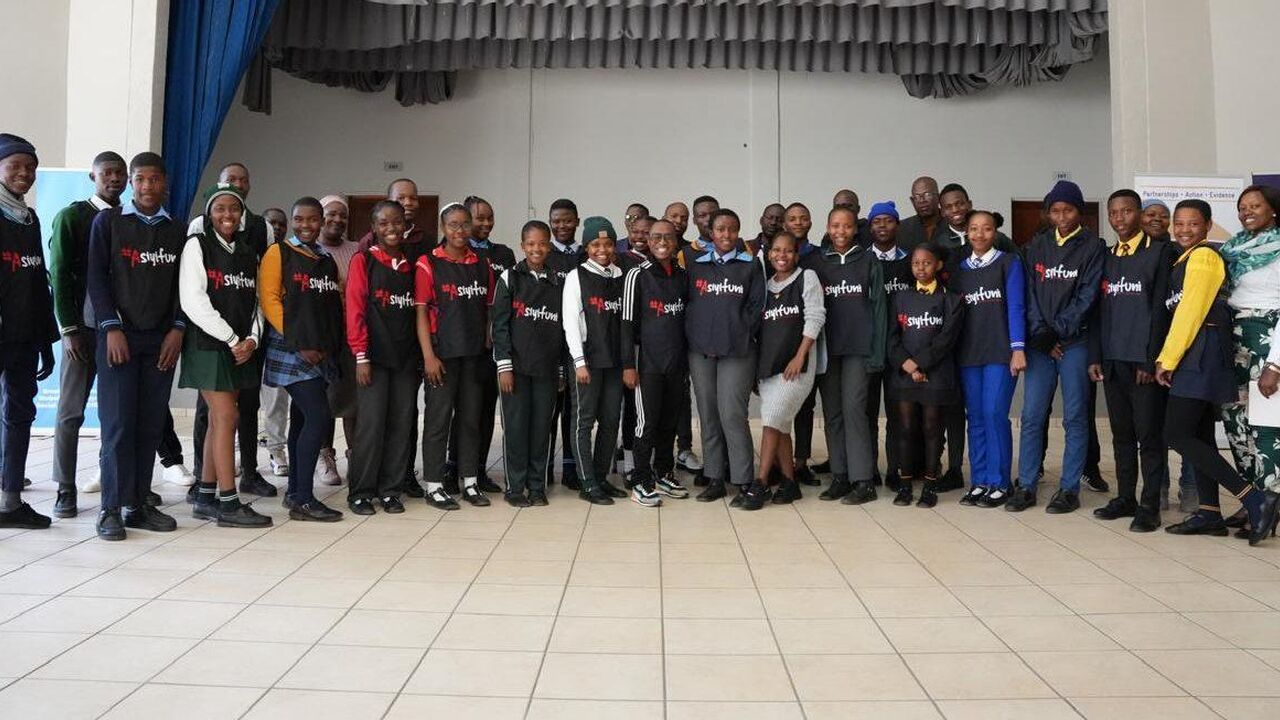RCL structure
RCL structure
RCL lessons on structure

An RCL’s structure begins with the democratic election of learner representatives across grades in all classes in a school. These representatives, nominated by their peers, undergo a selection process through voting that may include campaigning by the learners. Once elected, the RCL members form a core leadership body, like a parliament of learners made up of elected class representatives tasked with representing the interests and concerns of all learners in the school.
The RCL structure includes executive positions such as president, deputy president, secretary, deputy secretary, treasurer and chairpersons for subcommittees on arts and culture, academics, and school safety, etc., each with specific responsibilities and duties. Additionally, these established subcommittees or working groups address specific issues or initiatives within the school community.
Overall, the RCL structure is founded on principles of democracy, inclusivity and learner participation, and aims to empower learners to actively engage in the decision-making processes that affect their educational experience.

- How an RCL works
- Why do we have RCLs in our schools?
